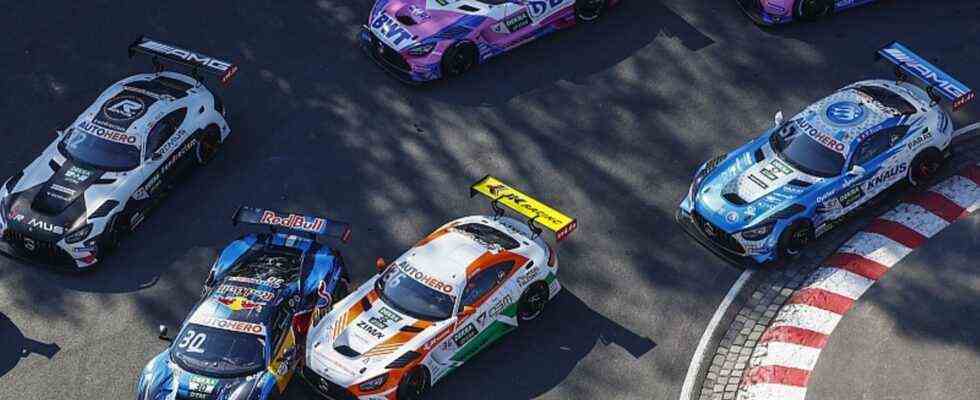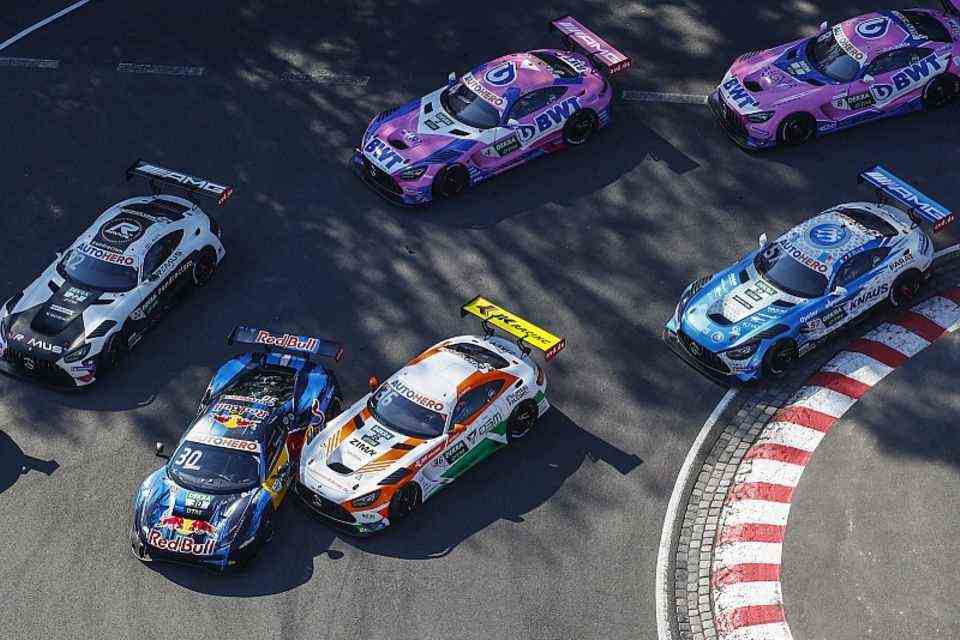Analysis of the 2021 DTM season
DTM comeback – some things urgently need to be improved
DTM season 2021
© press-inform – the press office
Slash and jump off at the finale of the new DTM at the Norisring. The potential for improvement remains large and so everyone is looking to 2022.
The DTM is dead, long live the new DTM. The battle cry echoed through the German motorsport landscape last winter. The racing series, once a real crowd puller, collapsed after Audi’s exit in Corona summer 2020. The only remaining competitor, BMW, then logically said goodbye – glad not to have been the trigger for the exodus itself.
Only one person fought for the traditional racing series to survive: ex-Formula 1 driver Gerhard Berger. As head of the DTM organization company ITR, the Austrian pulled out all the stops. His advantage: He enjoys a high reputation in the scene, is extremely well networked and known for his pragmatic solutions. His concept was a radical break with the factory sport of the automobile manufacturers. Instead of outrageously expensive touring cars specially produced for the DTM, there are now GT vehicles at the start. They are already in action halfway around the world in a wide variety of championships. Teams can buy them ready-to-race from the manufacturers – at a fraction of the cost of previous DTM vehicles. Instead of German mid-range sedans and coupés, cars like Ferrari, McLaren and Lamborghini whiz around the DTM tracks. The whole thing is enriched by German super sports cars such as the Audi R8, BMW M6 and Mercedes-AMG GT. But the same applies to them: The racing cars, which weigh around 1,400 kilograms and have up to almost 600 hp, are only built by the manufacturers – they are used by independent teams. The fact that some are closer to the works than others is a minor blemish.
Nevertheless: Officially, the automobile manufacturers are no longer involved. With them, the large hospitality palaces and the enormous marketing effort also disappeared. A stroll through the paddock, which is open to the spectators, seems a few sizes smaller than usual and is almost like popular sport. It fits that the hordes of media experts disappeared, who until then fed the drivers with meaningless, but repeatedly coordinated phrases. As a result, the pilots’ expressions are clearer, more open and more cheeky – without question a gain, because there is more human again. Apparently that goes down well. Despite the change of concept, the television ratings are at the same level as in previous years. SAT1, where the races can be seen on free TV, achieved a sensationally good value in summer with a market share of nine percent among 14 to 49 year olds. The fact that the number of on-site spectators is still lagging behind in previous years is due to Corona: Some runs took place without an audience, others with severe restrictions and still others – such as the finale at the Norisring in Nuremberg – were only approved at short notice.
Gerhard Berger, who pulls the strings in the background, could actually be satisfied: “How things are currently going, I might have hoped last autumn – I couldn’t count on it.” Always at least 20 vehicles at the start, up to seven brands and many well-known drivers made the DTM comeback at a high level. And: up to the last event, four pilots with three different makes had a chance of winning the championship. Equal opportunities are a particular challenge in GT racing. The different vehicle concepts require a great deal of sensitivity when classifying the individual types. This is regulated with the BOP, the Balance of Performance. This is also common internationally and is adapted from race to race. It is also very typical that a vehicle gets off sometimes better, sometimes worse, and the whole thing somehow averages out. This year, however, the DTM had the aftertaste that some would be preferred because they were happy to have the brand at the start.
The allegation became even more obvious in the sporting penalties that the race stewards gave for offenses on the track. Small things were punished with comparatively draconian five-second penalties, bigger things sometimes went unpunished. The decisions repeatedly sparked discussions among fans and experts. The races are driven disproportionately rough, which is rather unusual in GT racing. The escalation followed in the very last race: A series of nasty fouls, some of which could have been premeditated, caused damage in rows, upset the field and, above all, shot the title favorites out of the race. What looked entertaining and spectacular on TV and on the well-attended grandstands, and what is desired to a certain extent, revealed the greatest weakness of the new DTM: the lack of uniform rigor of the sports law. What is not constantly punished gives pilots the courage to take risks. Gerhard Berger, who at the beginning of his career also liked to go to the limit and beyond, still has a mammoth task for the next season on this point.


